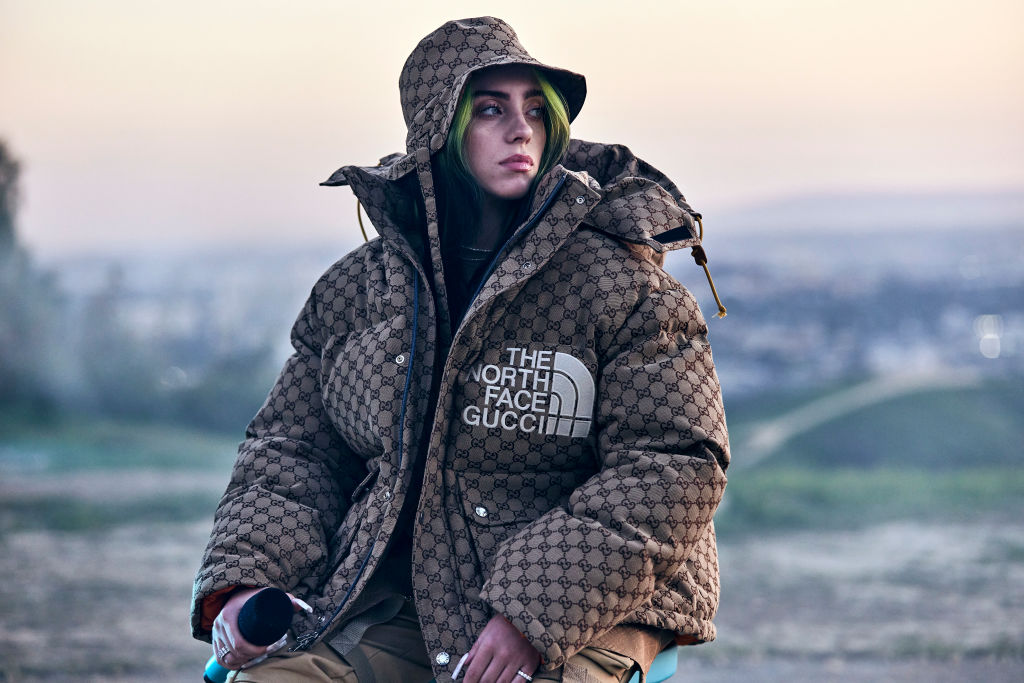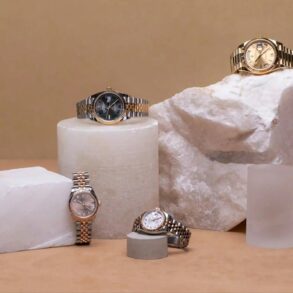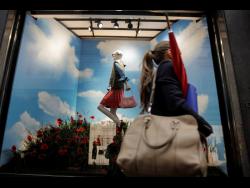
Trouble is brewing in the luxury brands market. This week Gucci’s parent company Kering announced that it expects a first quarter sales decline of 10%, almost all of which was driven by a 20% decline in Gucci sales. Markets are now debating whether the Gucci disease is specific to the company or if it will soon spread to other brands. The general thinking seems to be that if this is a trend, it is being driven by lower Chinese sales.
There is another possibility, however, and that is that the boom in luxury good sales over the past decade and a half is related to low interest rates. When interest rates are lowered, it is harder to get a return on savings. This drives investors into ever more exotic markets. Stock markets rise, housing markets boom, and as the pool of available assets at reasonable prices dries up investors look for alternatives.
Thanks to the Quantitative Easing (QE) programmes initiated by various central banks since the 2008 crisis, luxury goods markets have taken off like a rocket. Price movements among designer handbags, one of Gucci’s biggest markets, are not easy to track. But newspaper articles show that a Bottega Veneta tote bag could be bought for around $1800 in 2008. A similar bag is listed on its website today for $3100 — a price increase of 72%.
Luxury handbags are only one among many goods that saw their price skyrocket during the QE period. The price of classic cars has gone gangbusters in the past 15 years. Luxury watches such as Rolex and Patek Philippe grew in value by 27% between 2020 and 2022. If you talk to collectors of either product, they will tell you that buying these goods is as much an investment as anything else. In short, QE has turned the market for luxury consumer goods into an asset market not unlike stocks or bonds.
But now that interest rates have risen in the face of inflation, this appears to be reversing. Prices of luxury watches have been falling since 2022. Classic car enthusiasts are saying in hushed tones that the market might soon suffer a correction after years of robust price gains. And lo and behold: the resale value of luxury handbags is falling in lockstep. This seems like a much stronger explanation for the drop in Gucci sales than anything to do with China.
The financialisation of the market for luxury goods has not been good for the fashion industry. Even before QE, the quality of luxury fashion products had been falling. In the past these goods were sold based on their quality but, as the brands started to harden, they became increasingly able to sell just on recognition. This is a serious problem, as the fashion industry is inherently addicted to margins, which has pushed it to flog junk to consumers purely based on the name on the label. This in turn has given rise to the vulgar haute couture trends we see today.
“The margins on a ‘designer’ tracksuit and sneakers is much higher than, say, on a well-made suit or a pair of handmade leather shoes,” explains fashion blogger Marcus Jaye. “Nobody will complain if their $800 pair of sports shoes are made of plastic and glue but they will if their new snaffle loafers aren’t stitched and are instead glued.” Since the fashionistas set the trends as well as make the clothes, this means that consumers are herded like cattle into spending a fortune on clothes that look as if they were made for jogging rather than high society.
QE and the financialisation of the fashion market have turbocharged this trend. Now consumers will buy expensive luxury goods not simply based on the brand, but also on the future expected resale value. This has led to a cynicism setting into the market in line with what stock investors call the “greater fool theory”. “Sure, the products may be junk,” the cynical buyer might say. “But since everyone thinks they’re great, they will appreciate in the coming years.” This leads to an “emperor’s new clothes” dynamic where even the smarter players have an interest in maintaining the fiction.
What suffers, of course, is quality and aesthetics. People who are interested in nice, well-made clothes look on in horror as the latest monstrosity is barfed out by the big brands. These companies are supposed to be purveyors of style and taste, but have been turned into conveyor belts for silly-looking sneakers of questionable quality. Perhaps the bursting of the luxury brands bubble will force these companies to re-evaluate their business models. Then, we can return to nice clothes that actually look nice.
This post was originally published on this site be sure to check out more of their content.




